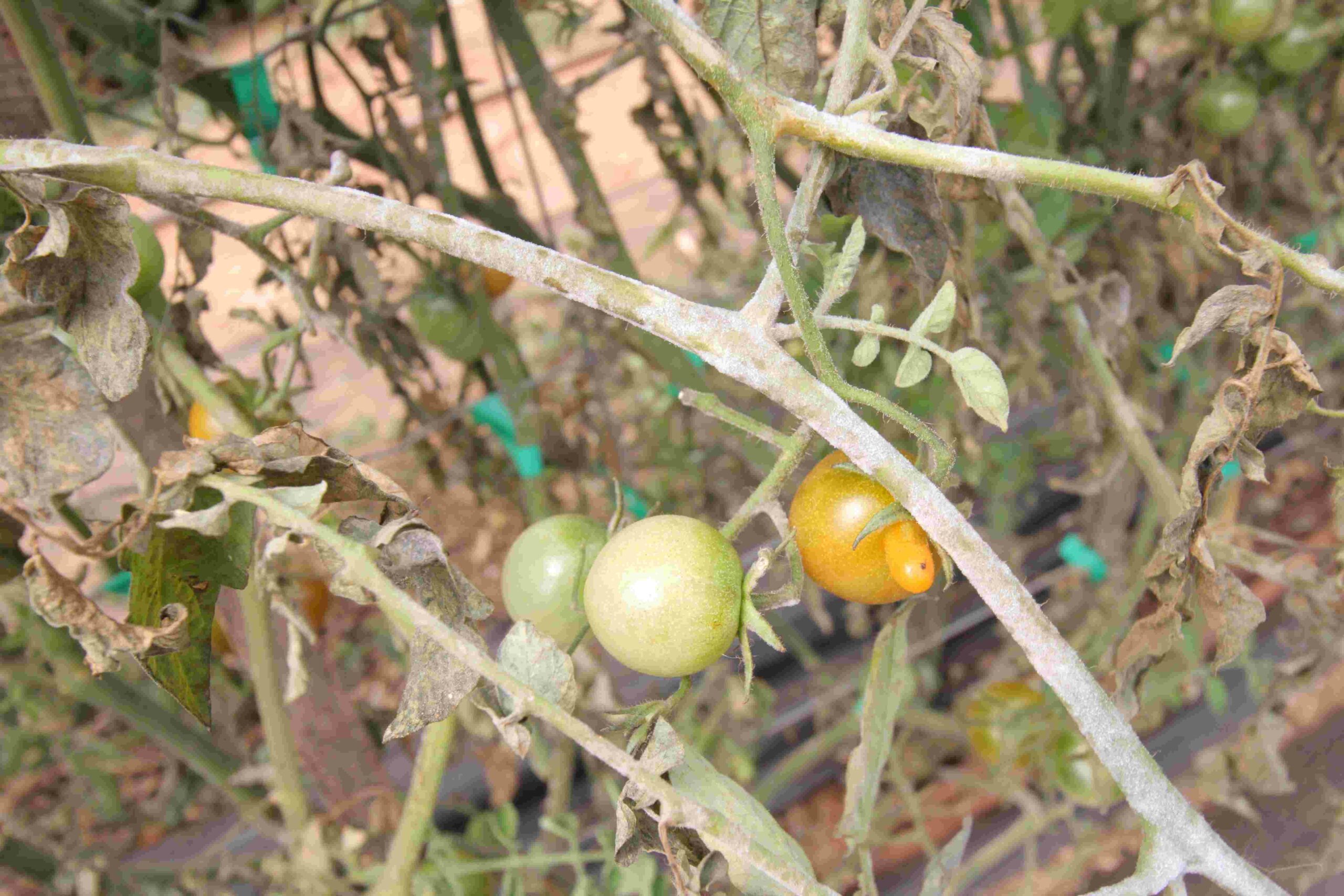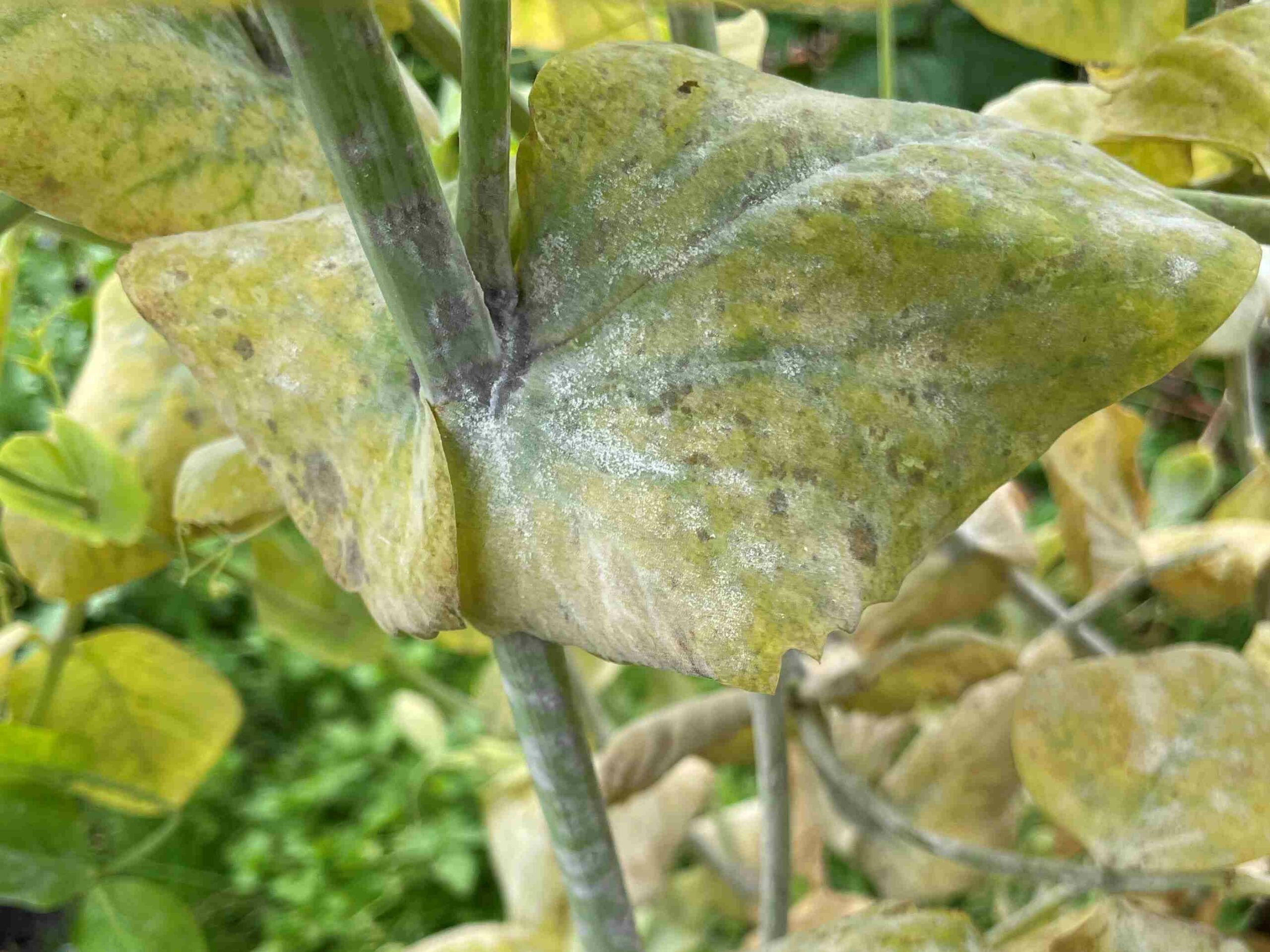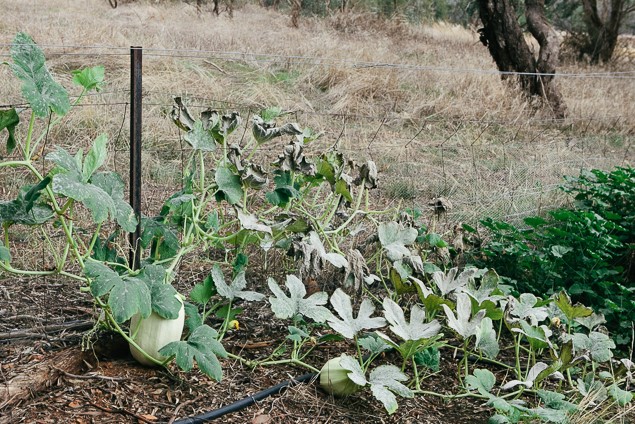With above average rainfall, as temperatures increase, so too will a range of fungal and mildew diseases on our plants, but particularly on our vegetable gardens. Keeping your soil and plants healthy with organic growing techniques will help them be more resistant to many diseases and good garden hygiene as part of that is important to help slow the spread of such diseases.
Prune off any dead or diseased parts of your plants and don’t forget to pick up diseased leaves off the ground and either burn them, put them in the bin or a proper hot compost system.
Pruning your plants to thin out the number of leaves will allow more airflow, making it harder for some diseases to get started or build up. Zucchinis, squashes and pumpkins, if they are bushes not vines, are great compact plants but have a tendency to produce a lot of foliage, which not only obscures flowers from pollinating insects but also reduces airflow, so don’t be afraid to remove some healthy leaves, which are fine to go in the compost.
Plant health can be supported by regularly applying diluted liquid seaweed, which has been proven to improve plant cell wall thickness and the plant’s tolerance to temperature extremes. Mulching around plants helps to keep soil moisture levels and temperatures stable.

There’s a range of plant diseases that flourish in humidity, so comparing notes with other local gardeners in your community can help to identify the problem and also find solutions.
Fungal diseases often look very similar to bacterial diseases, and can be rots, leaf spots, wilts or even cankers. Fungal leaf spots with their more regular, even shapes can be distinguished from bacterial leaf spots, which have uneven shapes and edges.
Mildews are fungal disease that present as white spots or blooms on the surfaces of the leaves or stems and affect cucurbits such as cucumber, zucchini, squash and pumpkins, as well as grape leaves.
5 Organic Recipes to Treat Mildew
Organic treatments won’t kill these diseases, but also won’t do you any harm, so after you remove the affected plant parts, give these a try.
Milk spray – for mildew
- 1 part milk (full cream or skim milk both OK)
- 10 parts water
- Mix together and spray over leaves
- Alters the pH on the surface of the leaves to prevent mildew forming
- Best used fresh!
Bicarbonate soda spray – for black spot on roses & mildew diseases
- 1 tb bicarb soda
- 5 litres water
- 1 tb homemade oil spray concentrate (see recipe below)
- Mix together and spray over leaves
Alters the pH on the surface of the leaves to prevent mildew forming.
She-oak spray – for fungal, bacterial and mildew diseases
- 2 cups of dried she-oak needles
- Use Casuarina or Allocasuarina species but avoid remnant vegetation – River she-oak is a weed in the Dookie area, so this is good use for some of the leaves!
- 1 litre water
- Simmer in a pot for 20 minutes
- Cool and strain – now you have concentrate
Dilute 1 part concentrate in 40 parts water and spray over affected plant.
Cinnamon for damping off in seedlings
Damping off disease is a diabolical fungus-based problem that kills small seedlings very quickly in humid conditions. Sprinkle powdered cinnamon around germinating seedlings to help prevent this.
There is inconclusive evidence around mixing cinnamon powder in water to spray on seedlings, but you can give it a try! Let stand for an hour or so, then strain through fine muslin before spraying to avoid blocking your nozzle.
Homemade pest oil concentrate
- 500 ml vegetable oil
- ½ cup dishwashing liquid
Use 1 tb in 1 litre water to treat scale, mites, aphids, citrus leaf miner.



Recent Comments